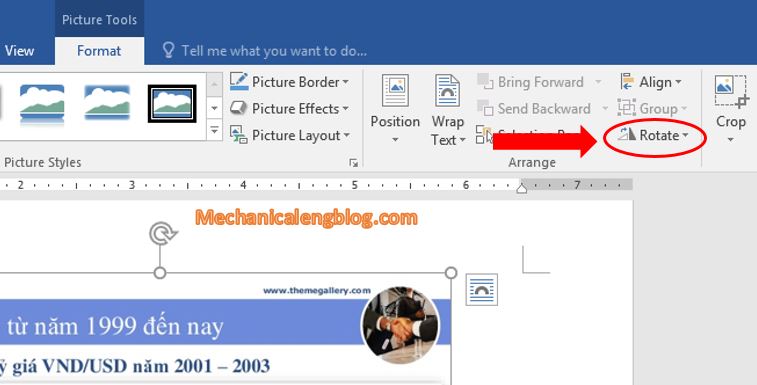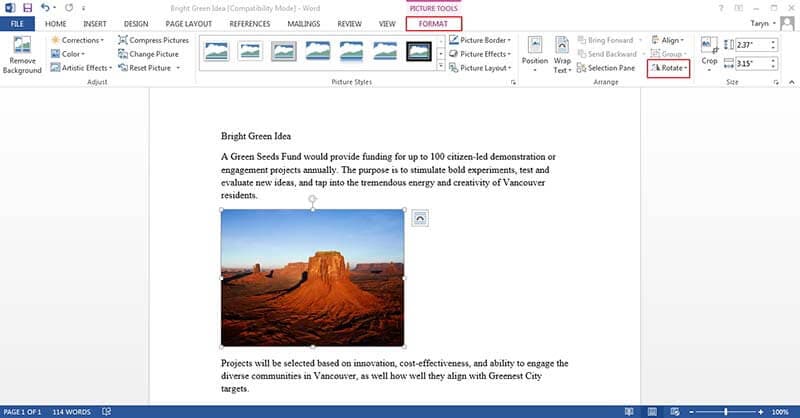



Lanier, Wang, and CPT also made competing dedicated word processing computers with portrait modes. The IBM DisplayWriter had a portrait monitor and keyboard with large backspace key, as it was designed for use in word processing instead of spreadsheets. Xerox product marketers did not understand how revolutionary the system was, and the portrait display faded away while common landscape-display televisions were appropriated for use as an inexpensive early microcomputer display. Portrait mode was first used on the Xerox Alto computer, which was considered technologically well ahead of its time when the system was first developed. Landscape viewing, on the other hand, visually caters to the natural horizontal alignment of human eyes at the same time landscape details are much wider than they are taller, and is therefore useful for portraying wider visuals with multiple elements that need to be observed simultaneously. It is also preferred for smartphone use, as a phone in portrait orientation can be operated easily with one hand. Portrait mode is preferred for editing page layout work, in order to view the entire page of a screen at once without showing wasted space outside the borders of a page, and for script-writing, legal work (in drafting contracts etc.), and other applications where it is useful to see a maximum number of lines of text. By default, most computer and television displays use landscape orientation, while most mobile phones use portrait orientation (with some flexibility on modern smartphones to switch screen orientations according to user preference). Most paper documents use portrait orientation. Many types of visual media use landscape mode, especially the 4:3 aspect ratio used for classic TV formatting, which is 4 units or pixels wide and 3 units tall, and the 16:9 aspect ratio for newer, widescreen media viewing.

īesides describing the way documents can be viewed and edited, the concepts of "portrait" and "landscape" orientation can also be used to describe video and photography display options (where the concept of " aspect ratio" replaces that of "page orientation"). The term "landscape orientation" also reflects visual art terminology, where pictures with more width than height are needed to fully capture the horizon within an artist's view. The term "portrait orientation" comes from visual art terminology and describes the dimensions used to capture a person's face and upper body in a picture in such images, the height of the display area is greater than the width. The two most common types of orientation are portrait and landscape. Page orientation is the way in which a rectangular page is oriented for normal viewing. A smartphone positioned upright (portrait orientation) and horizontally (landscape orientation)


 0 kommentar(er)
0 kommentar(er)
